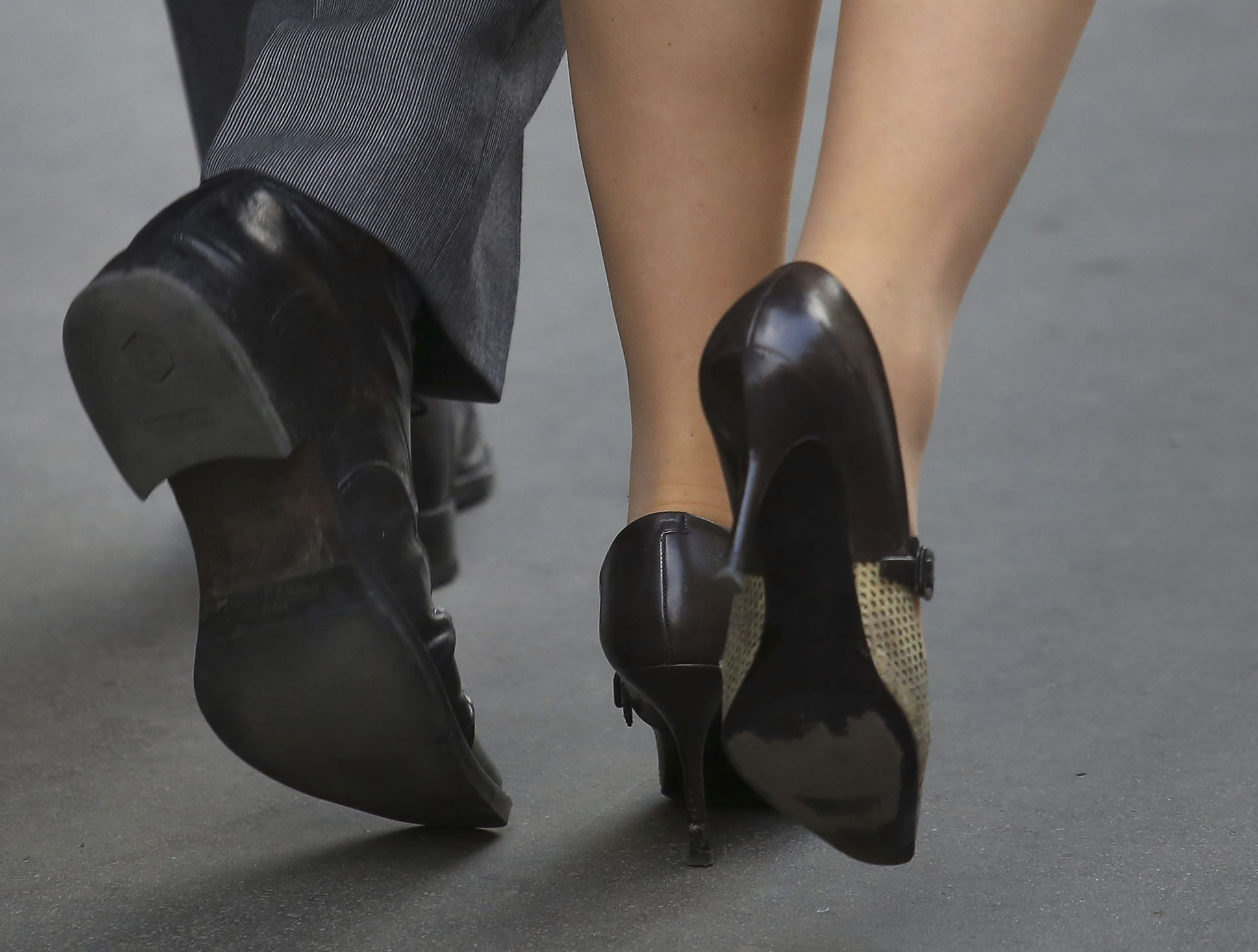
MEN are still getting a better state pension deal than women – to the tune of nearly £29,000 over the course of a typical 20-year retirement – research by Which? suggests.
The consumer group’s analysis of Department for Work and Pensions (DWP) data found the average man receives £153.86 a week and the average woman receives £125.98.
The findings were based on Which?’s analysis of 546,000 new state pensioners.
The new state pension was launched in April 2016, to sweep away complexities in the old state pension system, and applies to people retiring since then.
Those who may find themselves better off under the new state pension system include people who have been self-employed or who have taken time out of work to care for family members.
Usually people will need at least 10 years of qualifying national insurance (NI) contributions to get the new state pension – and 35 years of contributions to get the full amount. Contributions could come from paying in or getting credits, for instance for caring for a family.
Which? also identified that someone getting their pension under the old system which existed until April 2016 may find themselves worse off compared with new recipients.
It found that people who had qualified for their pension since the new system was introduced typically received £12.54 more per week than those under the old system – adding up to a difference of £13,041 over a 20-year retirement.
In the past, women have often found themselves getting a smaller state pension than men due to taking time out of work to care for family members.
But the research also suggested that the state pension gap between men and women is getting smaller.
Which? said that, in August 2017, the average payment received by women equated to 81.9% of that received by men, up from 77.7% in August 2013.
The DWP told Which? the new state pension is already reducing the gap between men and women.
It said in a statement: “Around 650,000 women reaching state pension age in the first 10 years will receive an average of £8 per week (in 2015/16 earnings terms) more, due to the new state pension valuation of their National Insurance record.”
In response to the research, the DWP also told Which?: “The statistics currently available on the new state pension are not yet sufficiently representative to draw robust comparisons between the old system and the new one.
“This is because they only cover the period April 2016 to August 2017: in that period only a few hundred thousand people have made new claims, whereas the statistics for the previous system are based on 12 million people.”
The full analysis appears in the May issue of Which? Money magazine.
Harry Rose, Which? Money editor, said: “Our evidence shows how variable people’s state pension payments still are. Many pensioners will be shocked by the differences in average payouts to men and women and those qualifying under the old and new systems.
“Some pay gaps will close eventually, but not soon enough for some.”

Enjoy the convenience of having The Sunday Post delivered as a digital ePaper straight to your smartphone, tablet or computer.
Subscribe for only £5.49 a month and enjoy all the benefits of the printed paper as a digital replica.
Subscribe